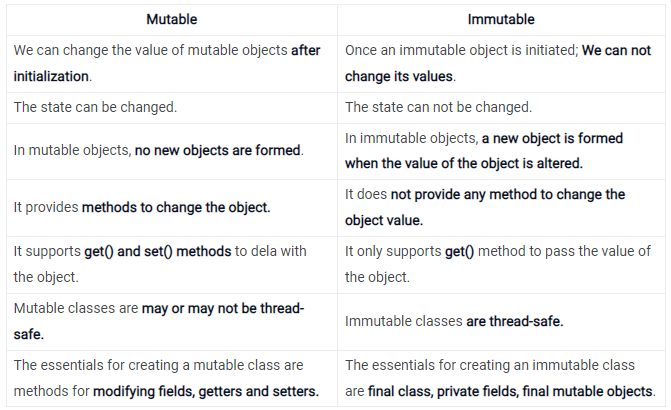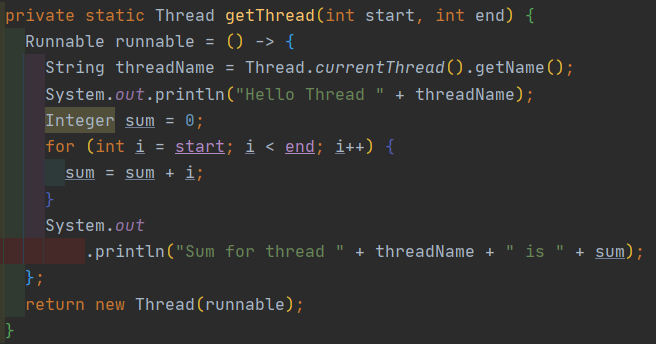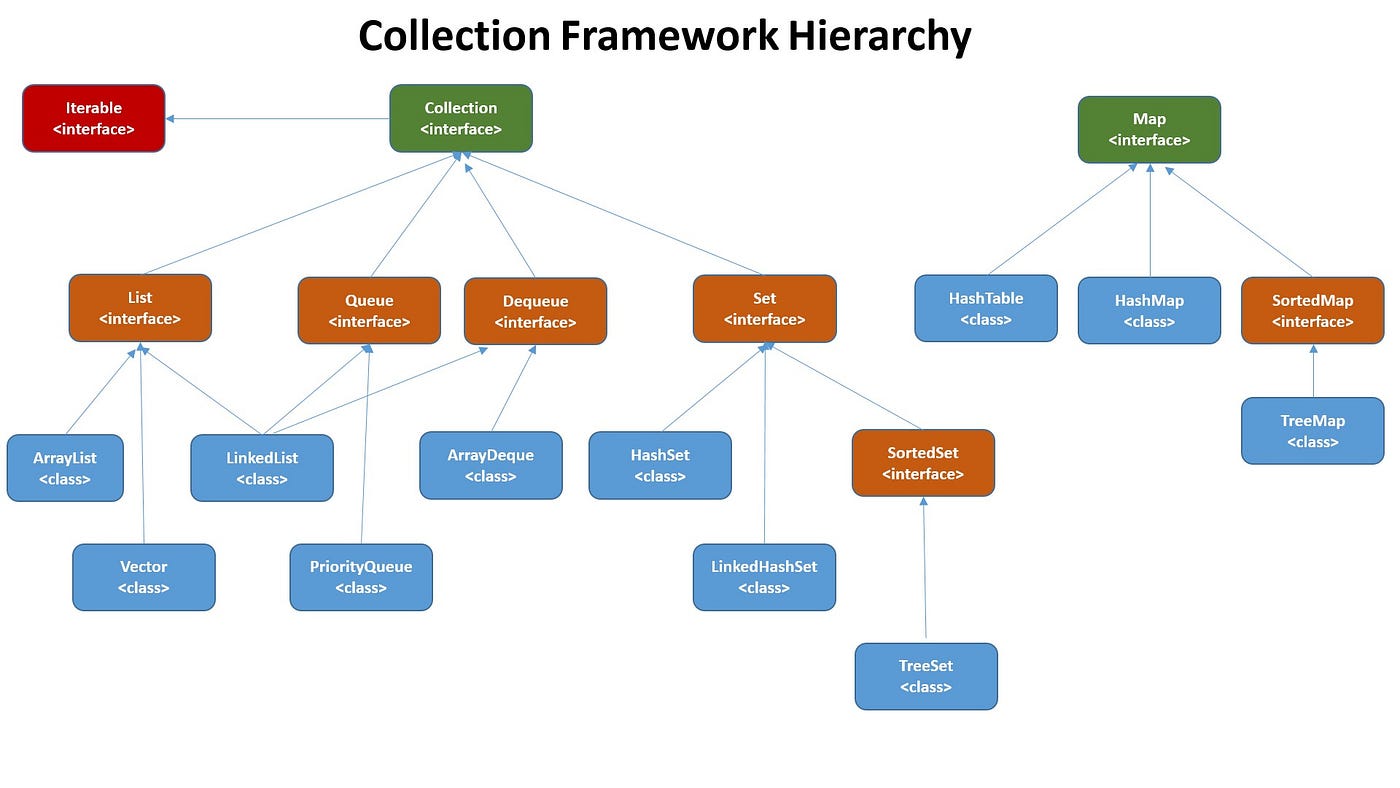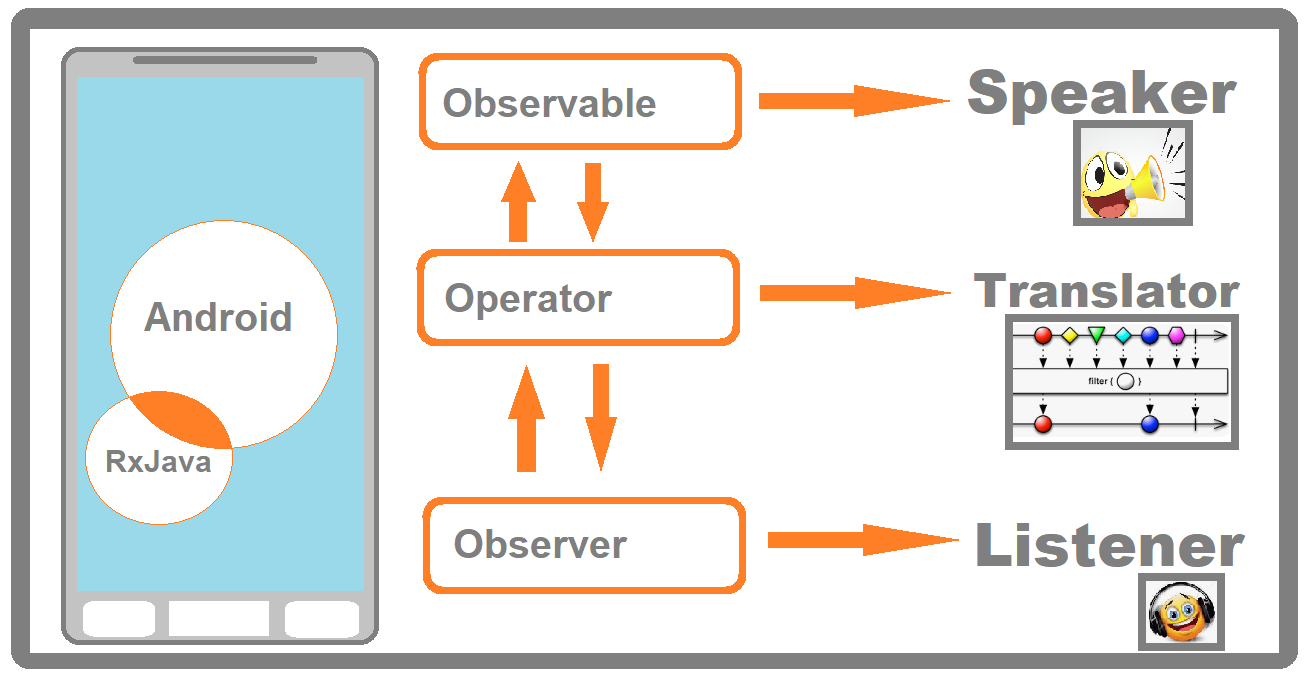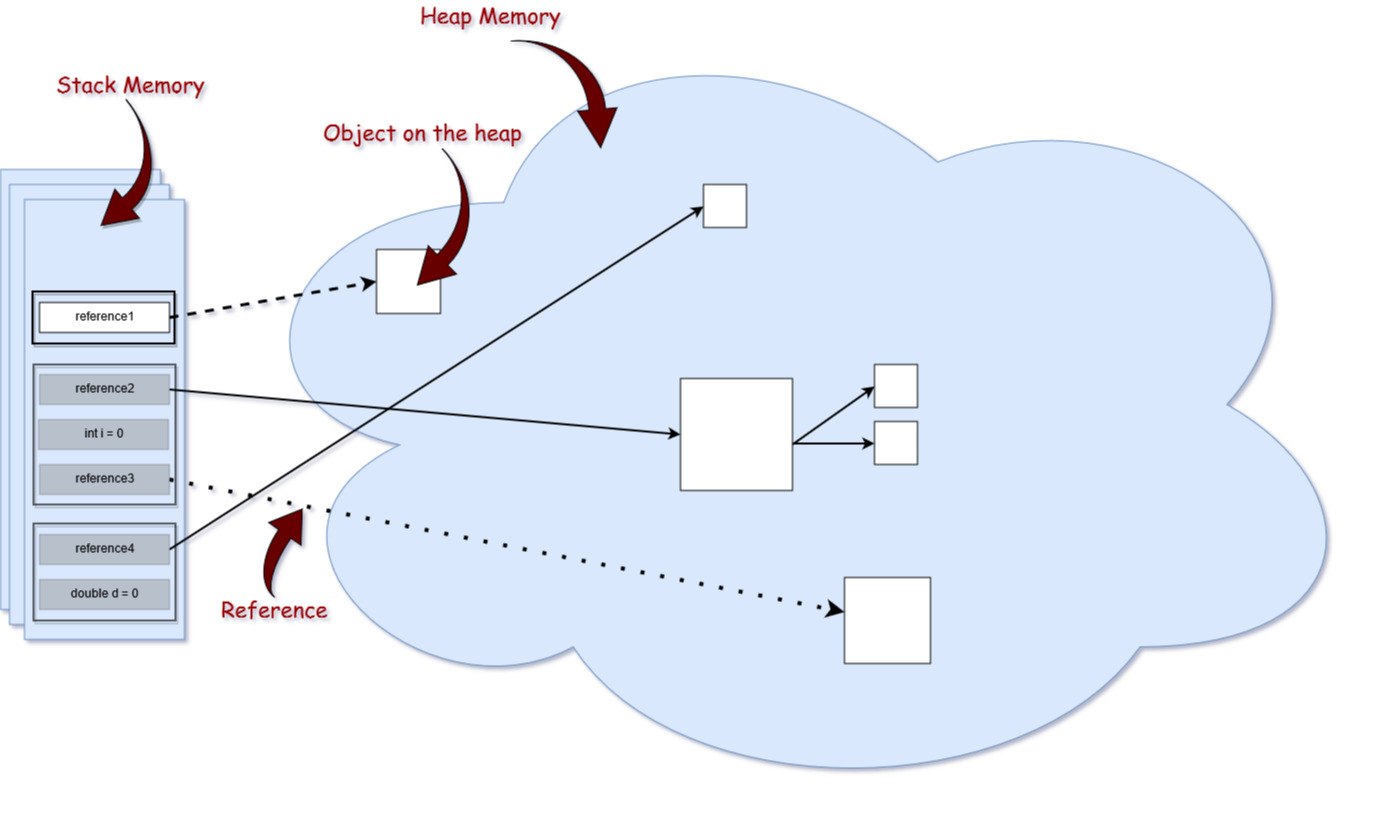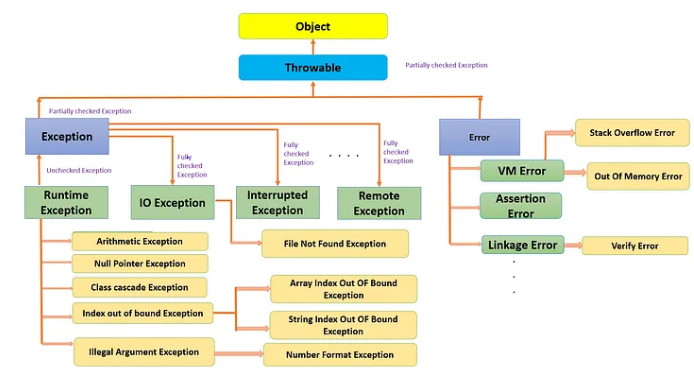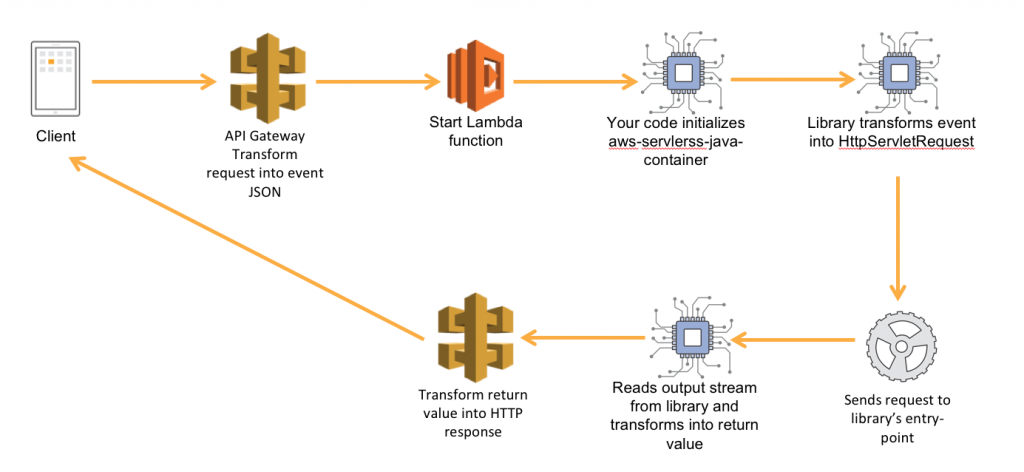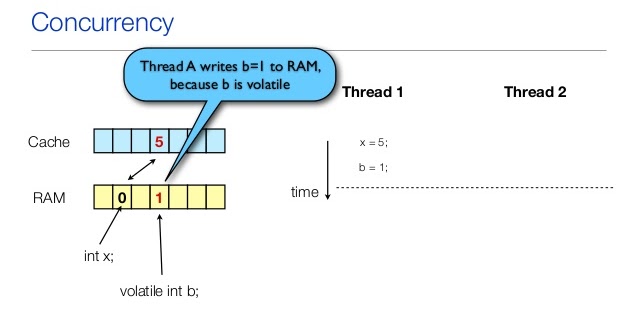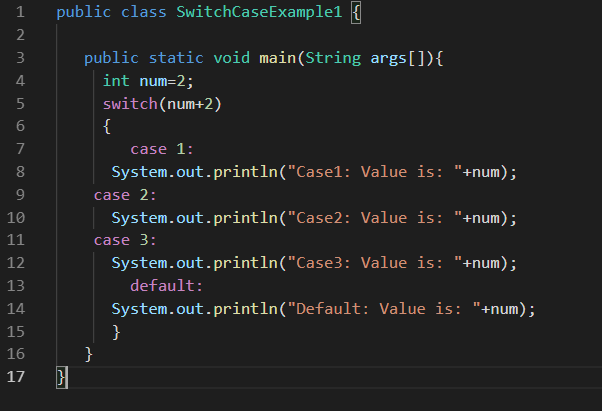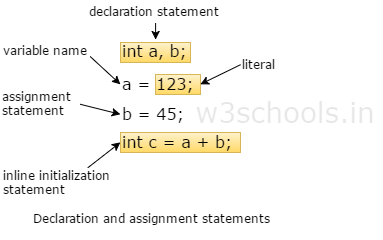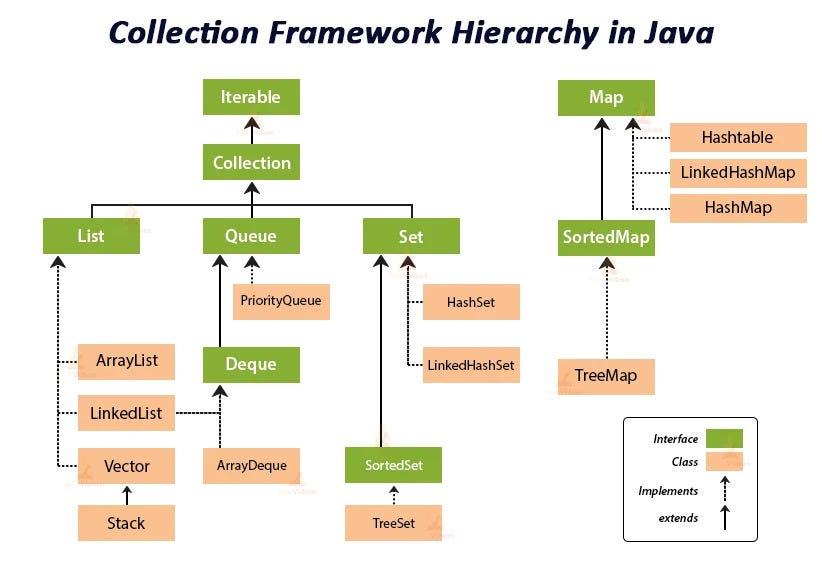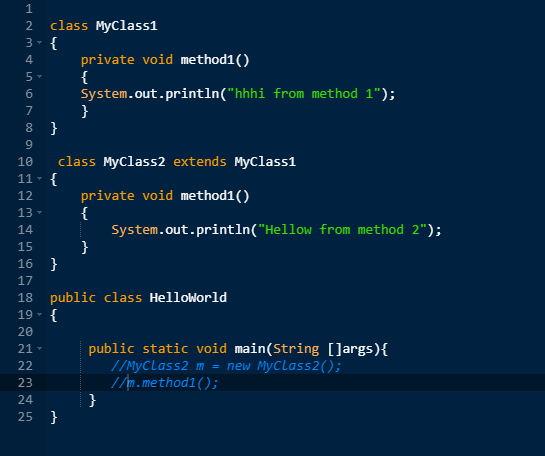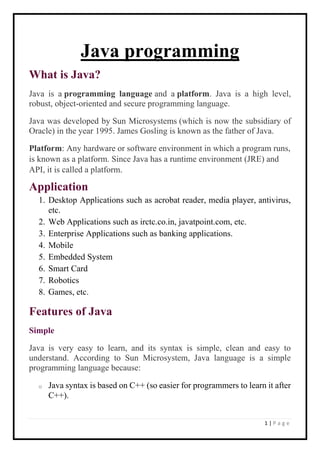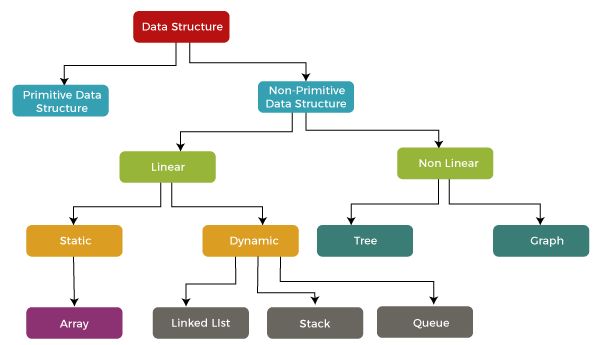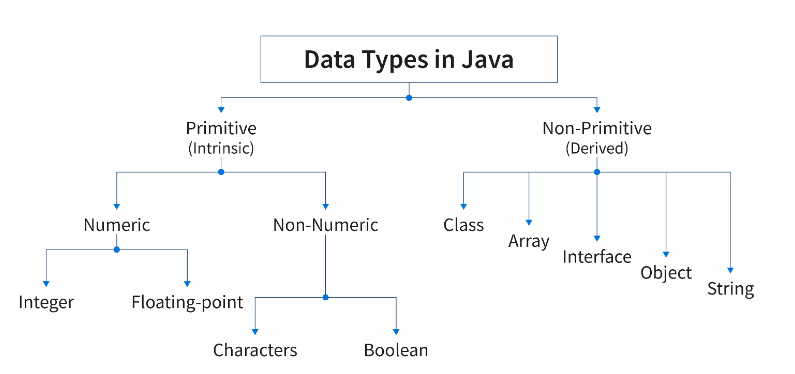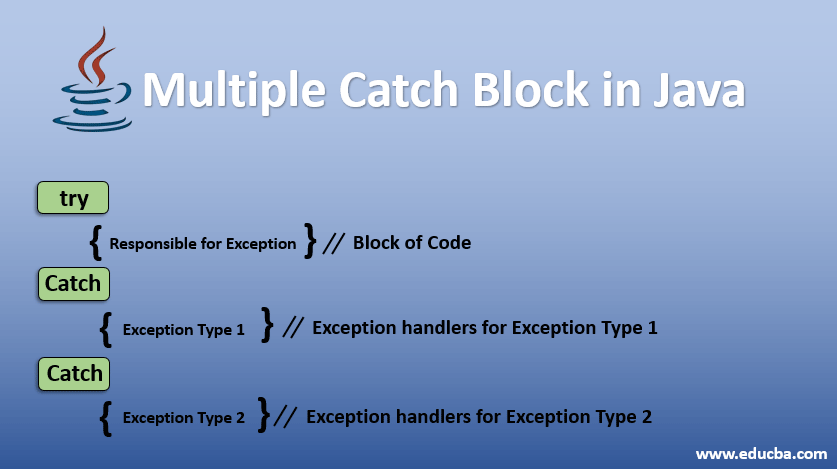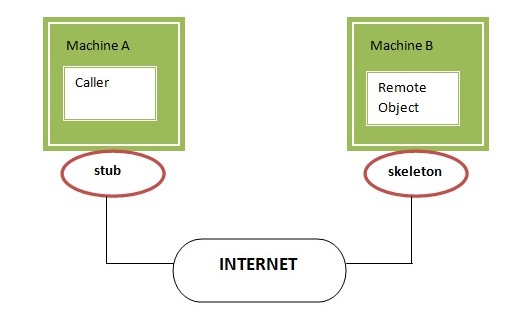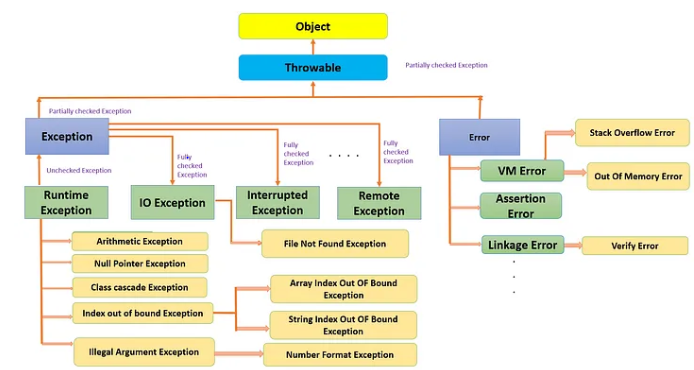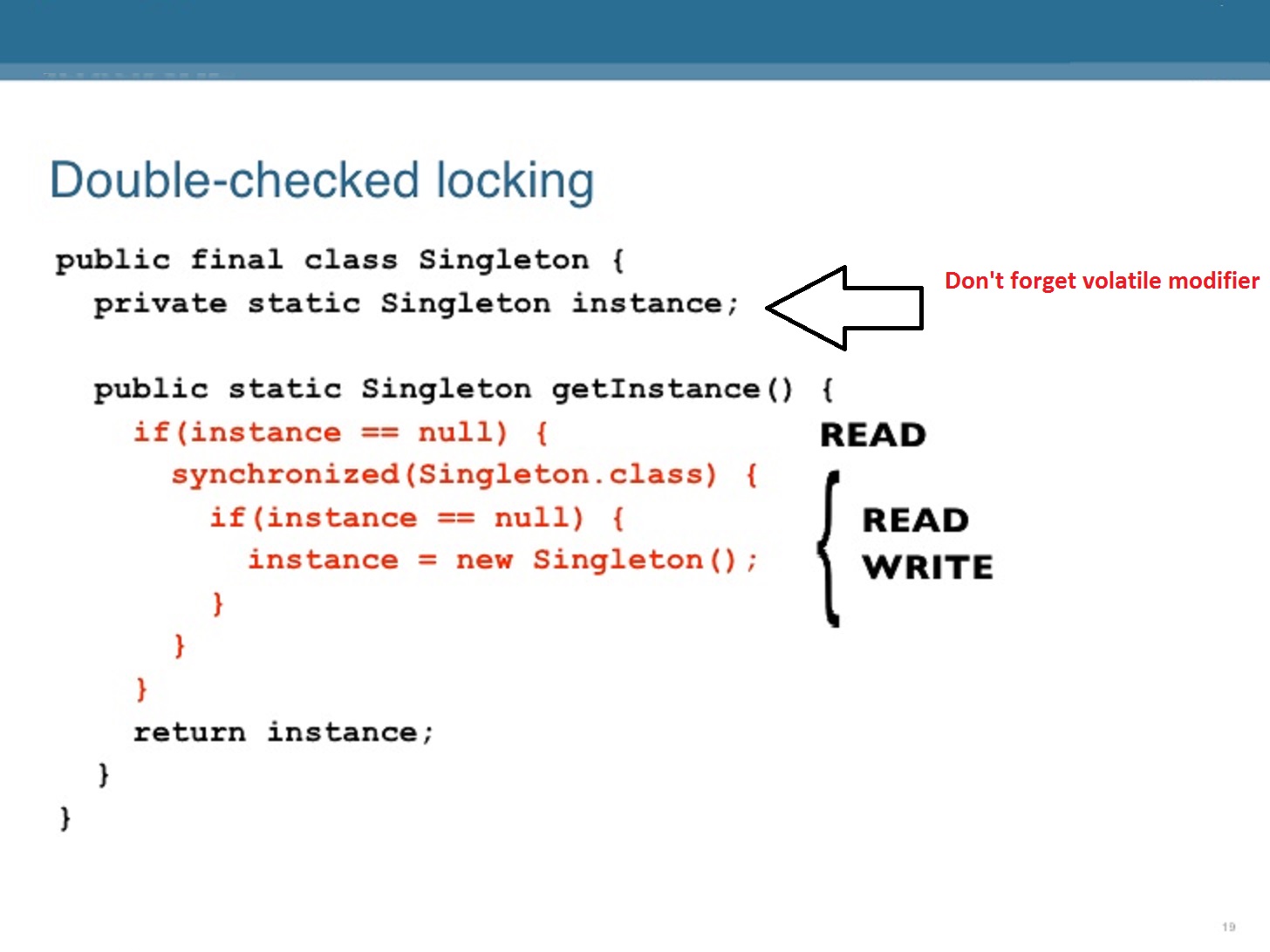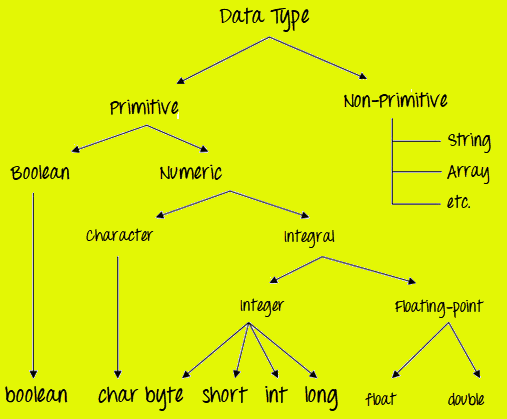What are the advantages of nested classes in Java?
What are the advantages of nested classes in Java?
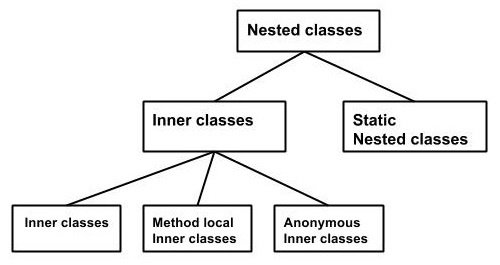
I'm glad you asked!

Nested classes in Java offer several benefits that make them a powerful tool for developers. Here are some key advantages:
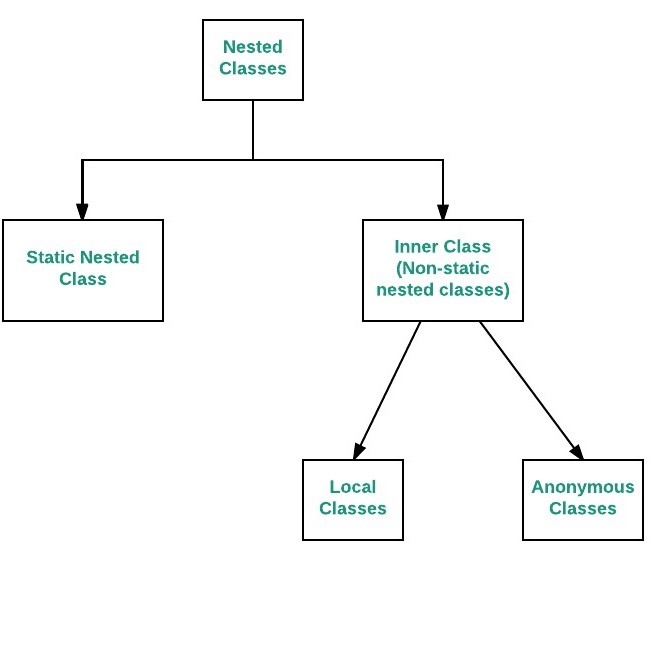
In summary, nested classes in Java provide numerous benefits, including improved encapsulation, organization, flexibility, testing efficiency, and more. They can help you write more robust, efficient, and maintainable code by providing a way to group related logic together while keeping the global namespace clean and readable.
What is inner class and sub class in Java?

I'd be happy to explain the concept of inner classes and subclasses in Java!
Subclass
In Java, a subclass (also known as a derived class) is a class that inherits properties and behavior from another class, called the superclass or parent class. The subclass inherits all the fields and methods of the superclass and can also add new fields and methods or override the ones inherited from the superclass.
A subclass is denoted by using the keyword extends followed by the name of its superclass. For example:
public class Animal {
public void sound() {
System.out.println("The animal makes a sound.");
}
}
public class Dog extends Animal {
public void sound() {
System.out.println("The dog barks.");
}
}
In this example, Dog is a subclass of Animal. The Dog class inherits the sound() method from Animal and overrides it with its own implementation.
Inner Class
An inner class (also known as a nested class) is a class that is defined inside another class. An inner class has access to all the members of its outer class, including private variables and methods. This provides a way to organize code and keep related classes together.
There are two types of inner classes in Java:
Static Inner Class: A static inner class is not bound to an instance of its outer class. It can be instantiated independently without referencing an instance of the outer class. Non-Static Inner Class (or Inner Class with a Reference to the Outer Instance): A non-static inner class is bound to an instance of its outer class and cannot be instantiated independently.Here's an example of a non-static inner class:
public class OuterClass {
private int x;
public class InnerClass {
public void printX() {
System.out.println(x); // Accesses the private variable x from the outer class
}
}
}
In this example, InnerClass is a non-static inner class that has access to the private variable x of its outer class OuterClass.
Key differences between Subclass and Inner Class
A subclass inherits properties and behavior from another class (superclass), whereas an inner class is defined inside another class. A subclass can be instantiated independently, whereas a non-static inner class requires an instance of the outer class to be instantiated.In summary, subclasses allow you to create new classes that inherit properties and behavior from existing classes, while inner classes provide a way to organize code by defining classes within other classes. Both concepts are essential in object-oriented programming and are widely used in Java development.
